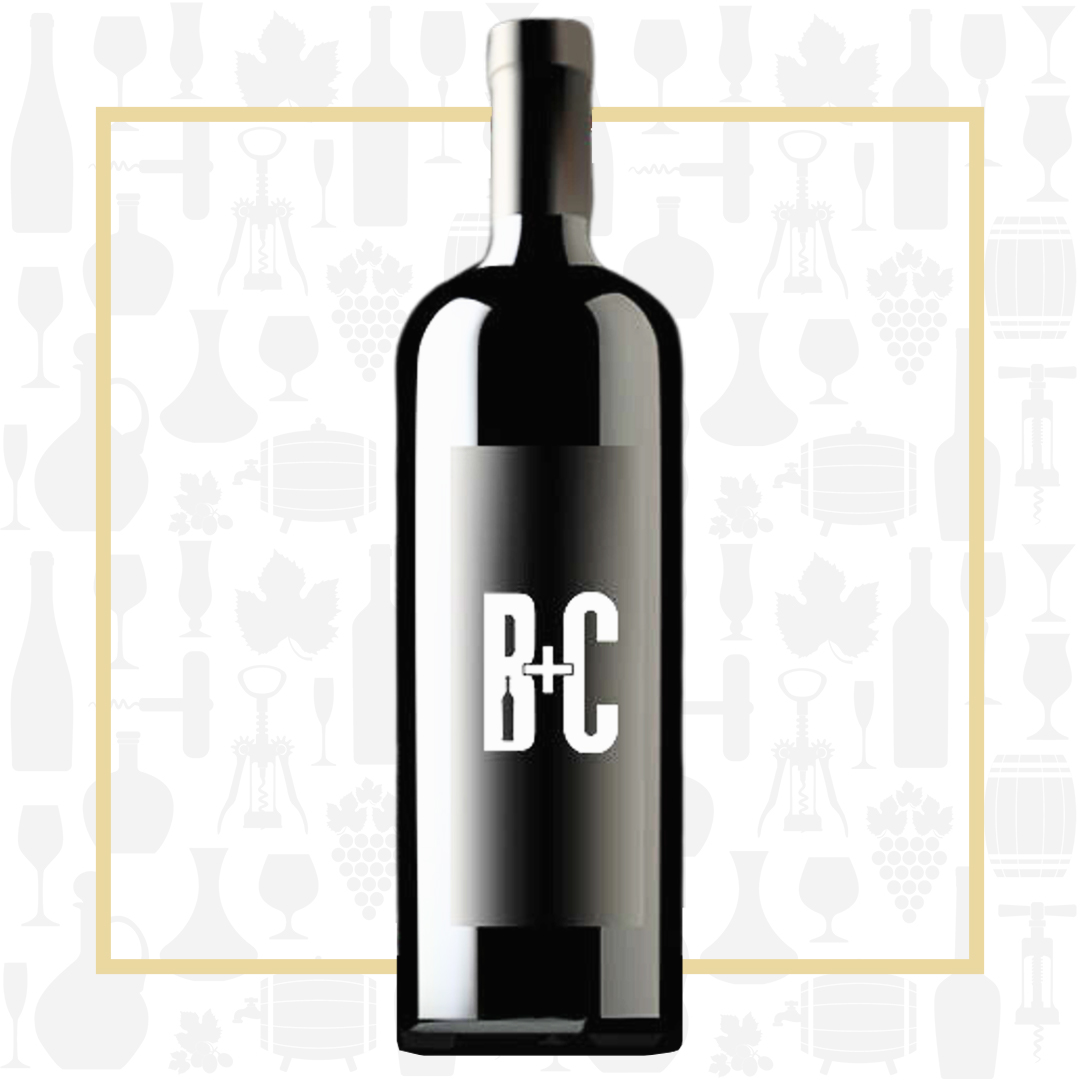Cellar Profile
In 1983, with a small truckload of borrowed fruit and a rented cellar, Rob Griffin and his wife Deborah Barnard established Barnard Griffin Winery. Since that time, it has become one of Washington’s most enduring and award-winning wineries. Nearly half of the wine produced comes from their estate vineyard, Caroway, while the remaining fruit is sourced from some of the best vineyards in Washington State. Since inception, Barnard Griffin has cultivated strong partnerships with vineyards and viticulturists throughout the Columbia Valley. These wines are distinctly Washington, with ample weight and expressive fruit, framed beautifully with elegant structure and terrific length.
Region
Columbia Valley was granted AVA status in 1984. Located on the eastern side of Washington, it is the largest AVA in the state, responsible for 99% of total wine production. With its dessert-like conditions (average annual rainfall is only 6-8 inches per year), irrigation is a necessity. The Columbia River, as well as snowmelt from the Cascade Mountains, supplies the region’s water for agriculture. Washington has an interesting dynamic between winemakers and grape growers in that they are often exclusively ‘Makers’ or ‘Growers’. Today, nearly 50% of Barnard Griffin’s fruit is grown on the estate.
Vineyard
The 2017 Chardonnay is a blend of grapes coming from 4 separate vineyards located throughout Columbia Valley: Vista (Columbia Valley); Caroway Vineyard (Columbia Valley); Arete Vineyard (Columbia Valley); and Crawford Vineyard (Yakima Valley). Barnard Griffin purchases grapes from growers using sustainable farming practices which is the norm throughout Washington. Despite all the natural benefits in Washington State, very few vineyards are organic and even fewer are biodynamic.
Winemaking
This wine was 38% barrel fermented in French oak, with partial malolactic fermentation (approximately 35%). The wine was then left to age for 14 months.
Varieties
Chardonnay is the world’s most famous white-wine grape and also one of the most widely planted, with the most highly regarded expressions of the variety coming from Burgundy and California. Climate plays a major role in dictating which fruit flavours a Chardonnay will have. Broadly speaking, warm regions such as California tend to give more tropical styles. While many Chardonnays have high aromatic complexity, this is usually due to winemaking techniques (particularly the use of oak) rather than the variety’s intrinsic qualities. Malolactic fermentation gives distinctive buttery aromas. Fermentation and/or maturation in oak barrels contributes notes of vanilla, smoke and hints of sweet spices such as clove and cinnamon. Extended lees contact while in barrel imparts biscuity, doughy flavours.
Tasting Notes
The nose is enticing with aromatics of sweet spice and subtle tropical fruit. The plate follows suit with its subtle, discreet oak spice, citrus and yellow apple. Hints of flint and mineral notes along with lifted acidity add to the rounded finish.

